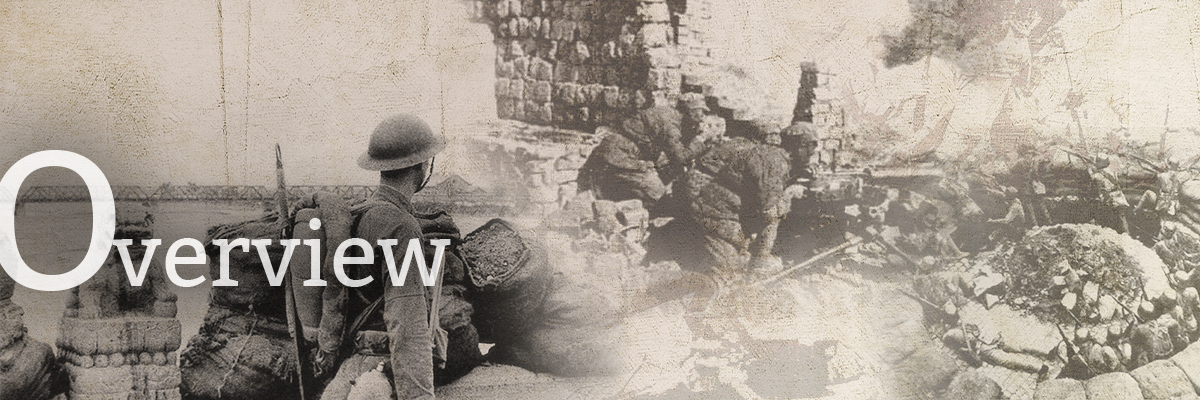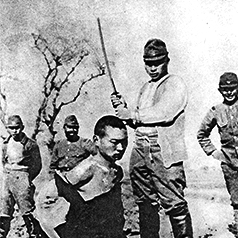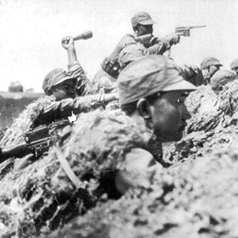Japan adopted the policy of foreign expansion after the Meiji Restoration. It set in motion the ultimate plan to invade China via Korea, Manchuria, and Mongolia, and eventually dominant the world. Since the September 18th Incident in 1931, Japan gradually occupied Northeast China and North China successively. Japan was afraid of the cooperation between the Kuomintang of China (KMT, 中國國民黨) and Chinese Communist Party (CCP, 中國共產黨) after the Xi’an Incident (西安事變), so it accelerated its annexation of the country. The Marco Polo Bridge Incident (or July 7th Incident, 盧溝橋事變) provoked by Japan on 7 July 1937 marked the beginning of its hostile invasion of China and China’s Eight-year Total War of Resistance Against Japanese Aggression (1937-45). The KMT-CCP second cooperation to resist Japanese invasion was also formed.
The Total War of Resistance Against Japanese Aggression can be divided into three phases. First, the defence phase lasted from July 1937 to October 1938. Second, the stalemate phase lasted from October 1938 to December 1941. Third, the counterattack phase lasted from December 1941 to August 1945. During the defence phase, the National Revolutionary Army (NRA) engaged the Japanese invaders in centre-stage battlefields in Shanghai (上海), Taier’zhuang (台兒莊), Xuzhou (徐州), and Wuhan (武漢). The NRA mounted a valiant resistance. Despite most of these battles resulted in devastating losses due to Japan’s vastly superior firepower, the NRA succeeded in crushing Japan’s ambition of “fast-assault and speedy victory”. After the Nationalist Government moving the capital from Nanjing (南京) to Chongqing (重慶), Japan took this opening to initiate the atrocious Nanjing Massacre (南京大屠殺). The CCP-led 8th Route Army joined forces with its ally the NRA to achieve its first victory in the Battle of Pingxing Pass (平型關戰役). It later launched the Hundred Regiments Offensive and engaged in multiple forms of guerilla warfare at the enemy rear areas.
To “use Chinese to subdue Chinese”, Japan instigated Wang Jingwei (汪精衛), a founding member of the KMT, to establish the puppet Reorganised National Government in Nanjing (南京). Meanwhile, the Japanese Army was sweeping across North China while moboilising its elite troops to attack Changsha (長沙), a city in south-central China. During the stalemate phase, the NRA defeated the Japanese in the two Battles of Changsha and temporarily keep this capital of Hunan Province (湖南) from falling into Japan’s hands. It also managed to get ready for the third Battle of Changsha and transit into the counterattack phase.







